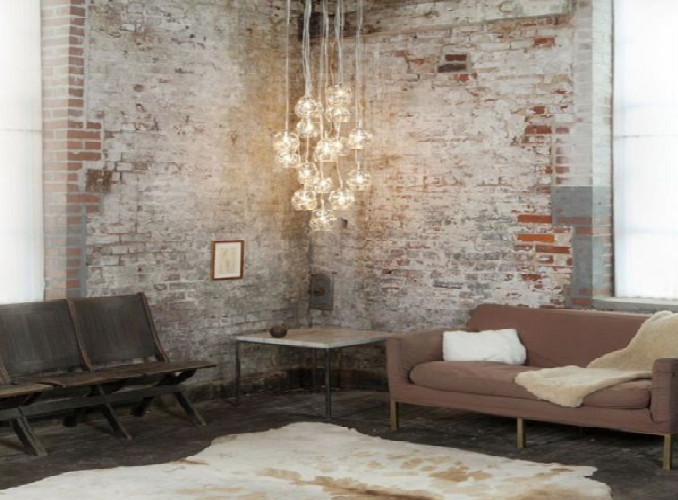Summer time is beyond our eyes. And it always exciting when we are talking about summer since we will have a very long holidays and we can spend that holidays time with family to a vacation or just stay at home, chill in the pool house. So, this is why we are here today. Of course you are all known Greece for sure. It is indeed a great place to spend your summer holidays. But how if you do not have enough money to go there? Or how if you wanted to have that environment all the time inside your very own house? We will give you the idea on making a Greek Beach House Design Plans that you can do to make your own house looks like you are forever in Greece the beautiful and exotic place.
Looking at buildings around the world, both old and modern, the influence of ancient Greek architecture easily catches the eye. Reflecting basics of the original Greek love affair with balance and symmetry, these edifices typically combine Ionic, Dorian or Corinthian columns with a pediment (triangular-shaped portico held up with three columns), dentil (scalloped designs along a roof edge) or frieze (carved-relief depicting a scene) design feature. Spanning porches or entrances are decorative entablatures held up by columns. Private homes still use this architectural feature founded in Greek building. Students of architecture not only study the archaic Greek influence for its beauty but also for the practical dynamics it brings to lasting and sturdy building construction techniques. The U.S. Supreme Court building incorporates all these classic elements of Greek architecture.
Industrial style was born within the commercial market when old, bare warehouses and similar structures became new shops, offices, restaurants, even apartments. Rather than demolish the remaining essence of the warehouse, designers began to embrace the rawness and conscientiously construct a style around it. Industrial style is known for its utter lack of pretense, for its salvaged utilitarianism, and for its exposed architecture.
The architecture of industrial style emphasizes a stripped-down infrastructure – the more exposed and raw, the better. Unfinished walls, aged brick, metal ductwork, bare windows, and exposed beams pay stylistic homage to the skeleton that supports the structure overall. Often, industrial-type floors (think concrete, wood, or other pragmatic, non-flashy surfaces) are kept bare.





